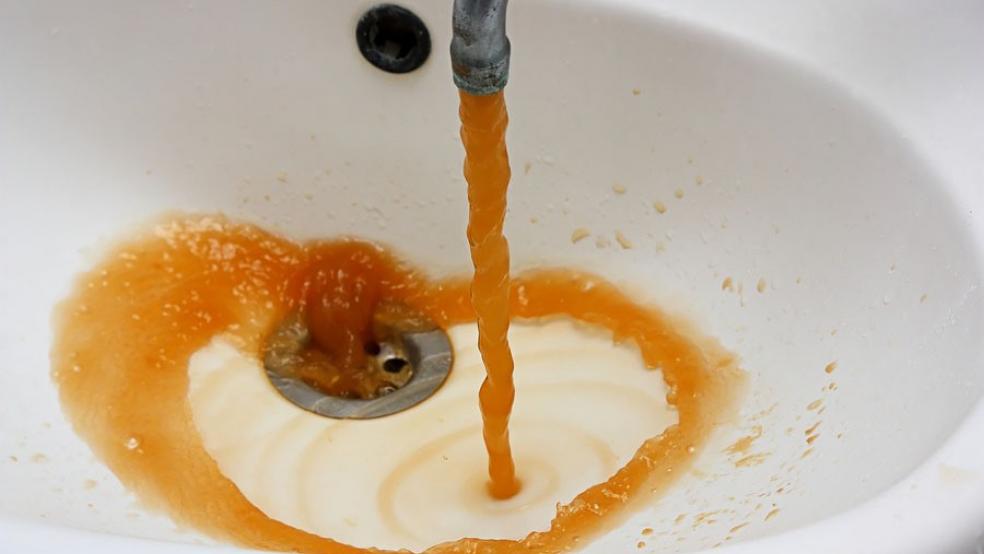It’s nearly inconceivable that all of the residents in Flint, Michigan — including 9,000 children — have been exposed to water with dangerously high lead levels. And it’s distressing to recognize that this situation could play out anywhere in the U.S.
Ten to 20 percent of lead exposure comes from drinking contaminated water, according to the Environmental Protection Agency. The other main sources are ingesting paint chips and inhaling dust. From 2010 to 2014, 862,000 children tested positive for elevated lead levels in the U.S. High levels of lead in the bloodstream can severely affect the mental and physical development of children.
Often, lead seeps into drinking water sources through older lead-based pipes, fixtures or solder that have corroded. This can happen inside an older home’s plumbing or in pipes that connect the house to city water lines. Certain measures under the Safe Drinking Water Act and the EPA’s Lead and Copper Rule have dramatically reduced the amounts of lead in drinking water, but contamination can still occur.
Related: Flint’s Drinking Water Crisis Just Got More Toxic with Legionnaire’s Disease
The only way to find out is to have your water tested, according to the Centers for Disease Control and Prevention. Your water provider should be conducting regular tests, which are either publically available online or by request. Otherwise, call your water provider and ask if your water has lead levels above the EPA’s action level of 15 parts per billion. If the answer is no, then you can rest easy.
If the answer is yes, you need to find the source of the lead. Ask the water authority if the service pipe, also called a header pipe, in the street contains lead. If it doesn’t, that means the lead is coming from your home’s interior plumbing. Until the lead source is eliminated through repairs, take these steps recommended by the CDC to reduce the lead in the water.
- Run high-volume taps like a shower on cold for 5 minutes or more.
- Then run your kitchen tap (or tap that you will be drinking and cooking from) for 1-2 more minutes.
- Fill a clean container with water from this tap to use for drinking, cooking, baby formula or other consumption.
- Do not drink or cook with tap water that is not cold. Warm and hot water contains higher levels of lead.
- Consider drinking only bottled water or installing a certified filter system.
The good news is that water providers test drinking water and must warn the public if 10 percent or more of the home samples come back with lead levels that exceed the EPA’s threshold, according to EPA guidelines. The problem is that doesn’t necessarily cover the pipes under your street or the ones in your home. That means the water that the supplier is delivering to your home could be safe, but it may not stay that way because of old plumbing in your home.
Related: Act of God or State Neglect? Why Flint May Not Get Disaster Relief
Red flags for possible lead contamination include having lead pipes in your home. Lead is a dull gray metal that is soft and can scratched with a key. If you have frequent leaks, rust-colored water, stained dishes or laundry, you may have corroded pipes and should get the water tested. Ask your water supplier whether the service connector in your home or area is made of lead. If you’re a renter in an older home or building, ask your landlord if the water has been tested for lead.
Tests must be conducted by a certified laboratory. Your state or local drinking water authority should be able to provide a list of them. Testing costs between $20 and $100.





